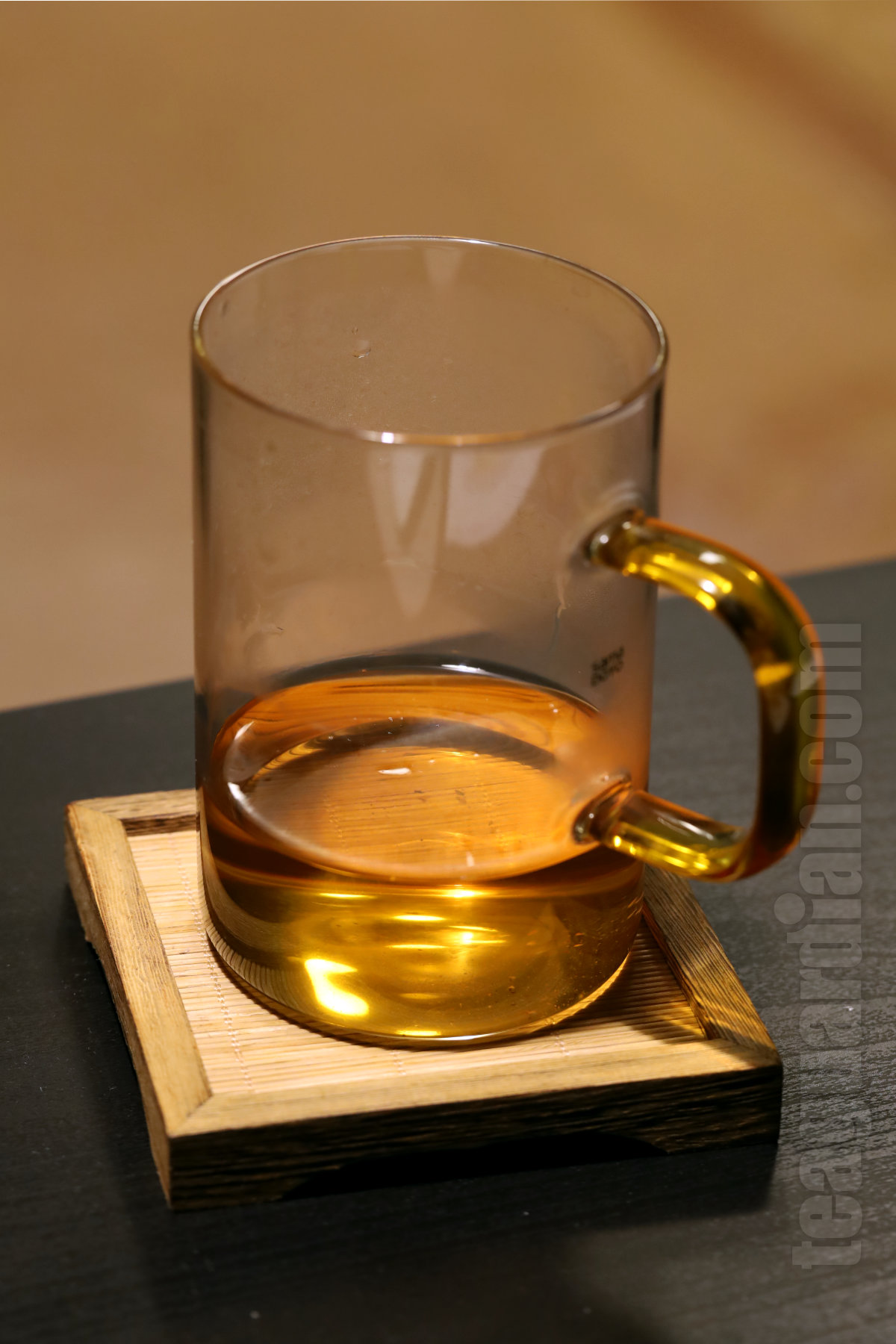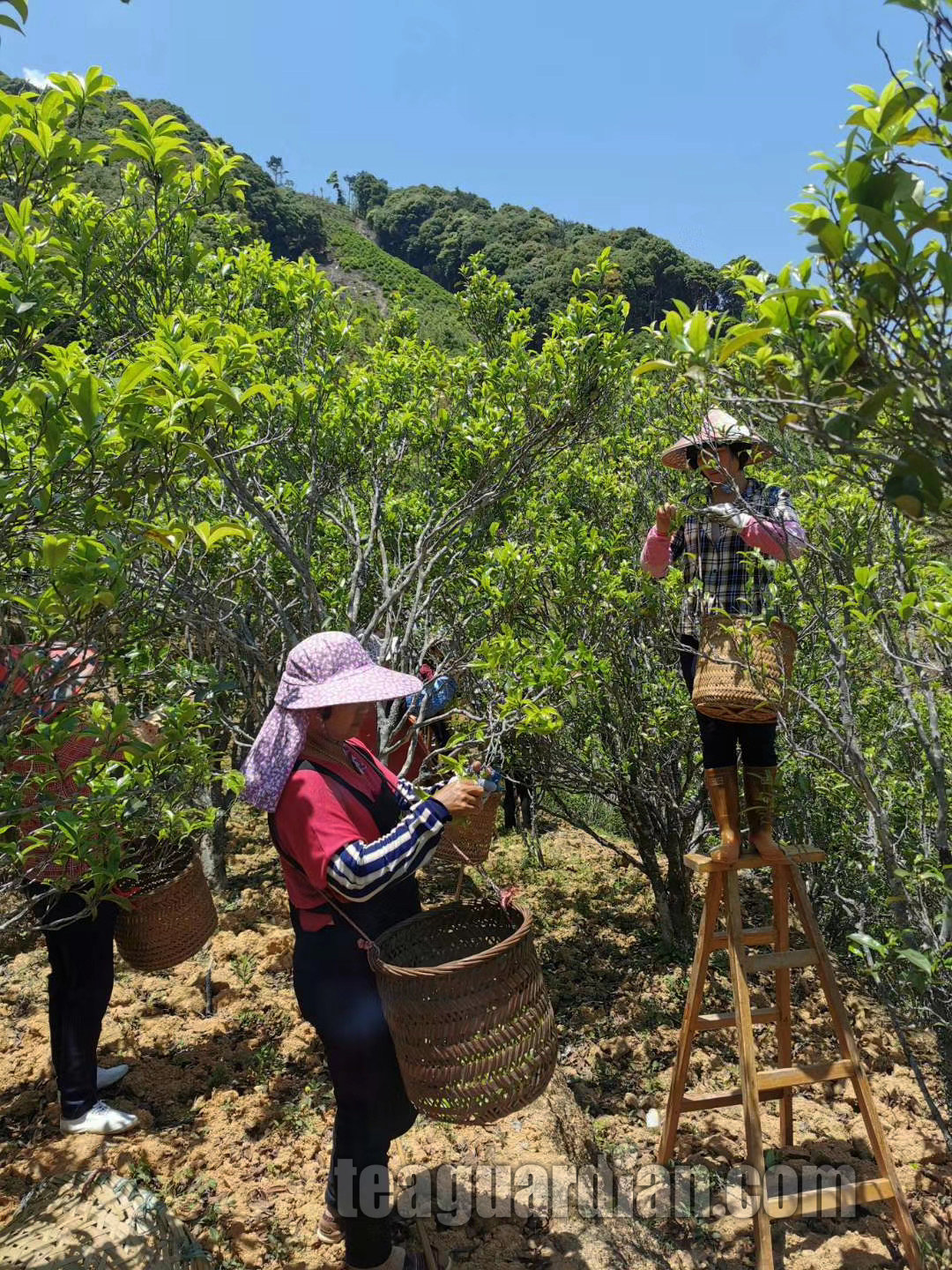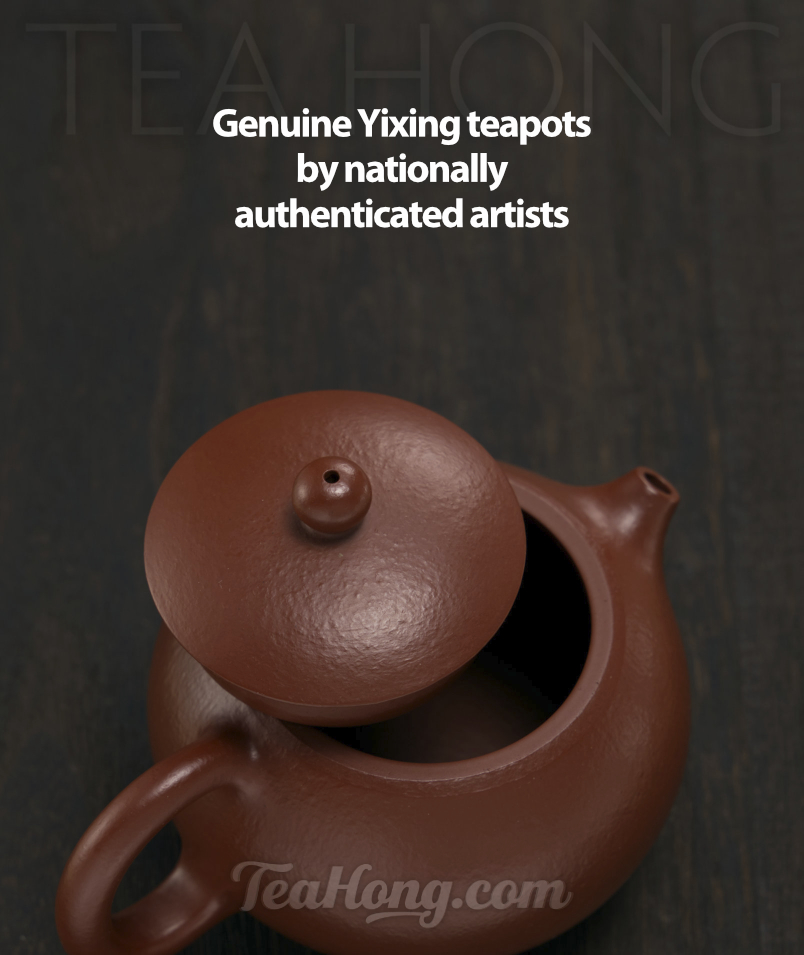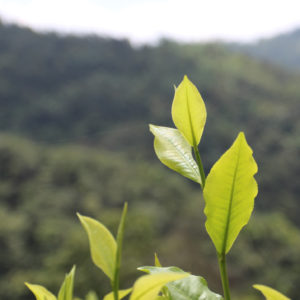Eight Immortals
A humble Fenghuang Dancong
Of all the bouquet style Phoenix Oolongs, Baxian — Eight Immortals — is not only one of my favourites, but also one that I often fall back to when there is a threat in health or depression.
It is also the tea of choice amongst Fenghuang producers for submitting to tea competitions to best represent their skills. It is indeed one of the finest of Fenghuang, yet not the easiest to produce well, nor its taste readily appeal to novice drinkers.
A fine Eight Immortals will not be as highly aromatic as some other Phoenix like Honey Orchid or Huangzhi Xiang. Yet the fragrance is as persistent. This enduring non-dominating kind of companionship maybe one reason why it has a strong group of followers of seasoned drinkers.
What really makes me fall for this dancong, however, is its soothing smoothness and calming taste, other than the curing effects for early signs of colds and flus, depression, and feeling heavy. In such circumstances, I’d normally throw in 7 to 8 grams of tealeaves in a 150ml gaiwan, blanche it with 95°C water and give it an initial infusion of at least 30 sec.
A better tea is one that you can get more times of infusion from. Is it true?
Myth says the better a tea the more rounds of infusion you get from it. This maybe the most popular delusion there is in the tea circle, however illogical and unscientific its ground. Try giving any tea a 10 min initial infusion and see how many additional rounds you can get from it. Try also 30 sec per round on a premium gyokuro to compare it with a matured Tieguanyin to see how many rounds you get.

Small gaiwan or big teapot, it really is what taste you want to get from the tea leaves that matters.
While it is true that a better tea holds more taste substances, it is how much of these dissoluble constituents one can get in total from a fixed amount of a tea in each infusion that matters. That is to say how enjoyable the tea is with the infusion approach you adapted for it, even there is only one round.
The physical form of the tea affect how fast it releases its contents. Some tea leaves are thicker, some more battered, some with the cuticle very much intact, etc. Most importantly, some people prefer more taste in each sip, some simply make their tea very light. That affects tremendously the relative length of infusion and thereby the percentage of extractable materials into the tea liquor in each round.
For me, if I use the short infusion time approach with a gaiwan, I’d add 20 to 50% more time to each consecutive round of infusion and I am happy with 5 rounds for even the best Eight Immortals.
After that many rounds, I can feel quite a bit lighter and not as tight. If I can afford the time, another go of another Fenghuang later in the day, like in 4, 5 hours.
My companion, my medicine, and my caffeine

The actual cup of Eight Immortals I was drinking when writing this article. It was full until I wrote to this point and realised that I should take a picture of it
As I write this passage, I have actually sipped through a 300 ml cup of a strong infusion that I got from mixing two rounds of 5 min on 4.5 g to 150 ml. That’s how crazy I am with a good Baxian. Then again, I am those kind of people who prefer chocolate that is really dark and my wine dry rather than fruity.
So stop worrying or arguing about how many rounds you can get from a tea. Focus in how strong you can make that tea to be still tasteful. How do you achieve its best gastronomical potential? How does that tea relate to you personally…
What you need to know: harvest and timing
Eight Immortals is the latest tea plant to spout in all higher altitudes in Fenghuang Shan. Normally the first picking happens in early May. I always buy only that harvest. All respectful farmers in the peaks, such as Wudong, Shitau, etc do only one harvest per year.
There is a belief that all bouquet style dancongs are best when fresh. That is because most vendors sell basically maocha. Maochas of any tea varieties are unstable and will change. One good example is those of sheng Pu’ers.
A good Phoenix producer always bake the tea thoroughly after stalk sorting the freshly processed tea. For me, I prefer a second round of fire a month or so later to lock in the true goodness of the tea: its calming taste. This extra process not only gives depth, but also the potential to mature. Then again, good producers are not as many as you expect in a key fine oolong region.
How a humble existence is immortalised

Eight Immortals — Baixan is being picked in Wudong, Fenghuang Shan. These trees are a few generations from the original eight.
At the end of the 19th Century, a poor farmer by the name of Wen Huan Cong acquired some cuttings of Black Leaf ( cultivar name, aka Da Wu Ye ) to transplant in his home village of Li Zai Ping in Wudong in the Phoenix Mountains ( Fenghuang Shan, Chaozhou area, Guangdong ). Having successfully developed eight young plants, Wen’s problem now was to find a garden for them. He was too poor to own any land other than a few meters for vegetables nearby his shed.
Creatively, he found tiny spots in between rocks in higher slopes nearby which were all so small that no one cared to plant anything in them. So these tiny trees each grew in a different cracks in the rocky slopes here and there around Li Zai Ping. Miraculously they began producing good tea a few years later. They have developed a taste character more complex and deeper than that of their parent.
Wen called his produce Quzailiao, paying homage to the village where he got the cuttings from.
Some 60 years and a couple of changes of dynasties later, in the age of myth creation but anti-religion in 1958, an officer of the local government tea levy regiment saw and tasted the harvest from these scattered matured trees. Rather than the humble village name, he expressed that these eight trees were like the Eight Immortals Crossing the Sea — an ancient fable where the same number of fairies, each a distinct character with special skills, crossed a mystical sea to achieve godhood.
When a figure who represented an entity with absolute power said so, it was simply natural for little peasants to follow. The yields from the trees from that point on were referred with that celestial label, which was later abbreviated to Eight Immortals — Baxian. It is the only variety in Fenghuang with such a heavenly name. Other cultivars are named after the taste, the place, the appearance, or the history of the plant.
Other bouquet style Fenghuang dancongs, including the famous Duck Poo, Magnolia and Ginger Blossom etc will be covered individually in later articles.
The last few paragraph of history is based on the story told by the life long Fenghuang tea scholar and advocate, Mr Huang Bozi in his book, Zhongguo Fenghuang Cha.











